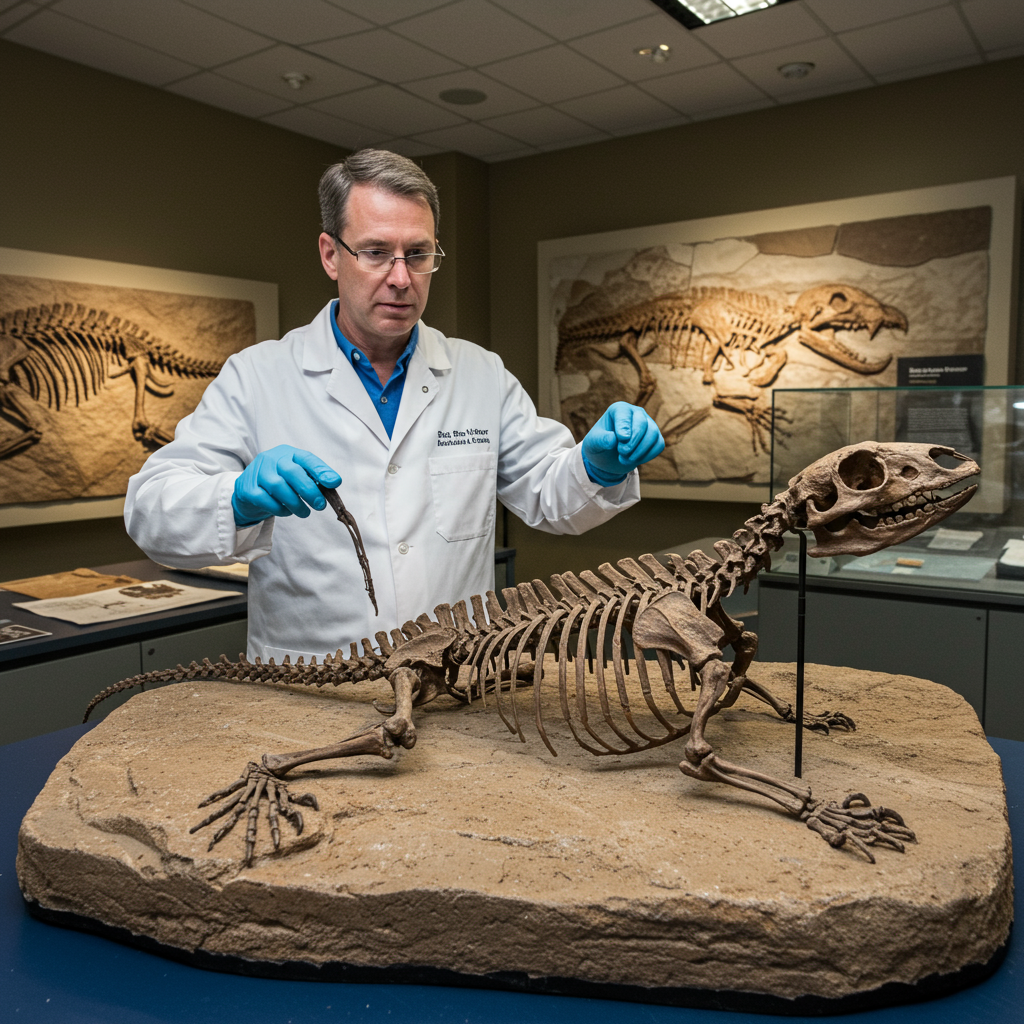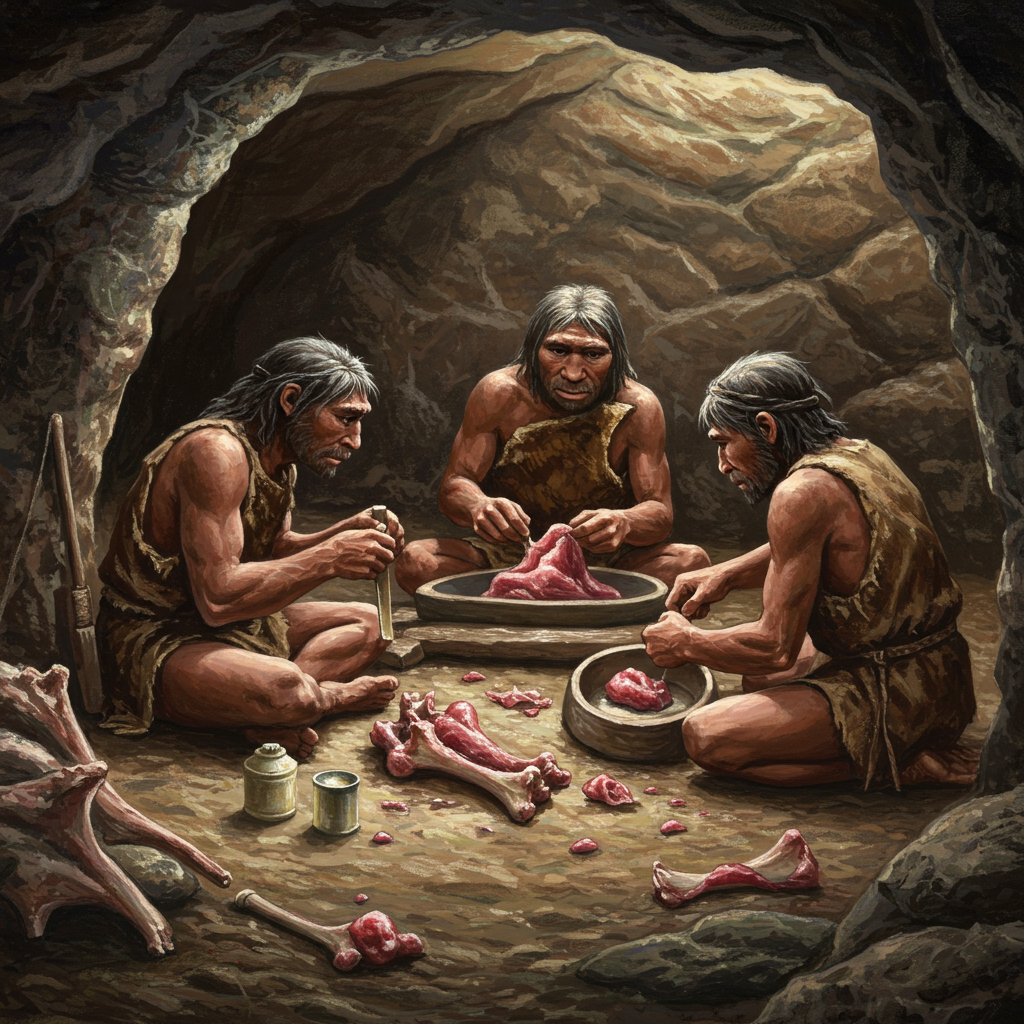Forgotten Fossil Reveals Raccoon-Sized Ancient Lizard
Sometimes, significant scientific discoveries aren’t made in the field, but hidden in plain sight within museum collections. That’s the case for Bolg amondol, a newly described prehistoric lizard species whose fossilized bones sat largely unrecognized for two decades at the Natural History Museum of Utah.
Excavated in 2005 from the rich paleontological grounds of the Kaiparowits Formation within the Grand Staircase-Escalante National Monument in southern Utah, the fragmented remains were initially labeled simply as “lizard.” It took the specialized eye of a lizard evolution expert, paleontologist Hank Woolley, during a recent collection survey, to fully appreciate their importance.
Meet Bolg Amondol: A Cretaceous Armored Giant
The formal description of Bolg amondol was published on June 17 in the journal Royal Society Open Science. This ancient reptile lived approximately 76 to 77 million years ago during the Late Cretaceous period, a time when dinosaurs dominated the Earth.
Bolg amondol was not your average modern lizard. It belonged to a fascinating group called Monstersauria, which includes living relatives like the Gila monster. Size estimates suggest Bolg could grow up to three feet long (around a meter) from snout to tail, making it comparable to a modern Savannah monitor lizard and significantly larger than most lizards today.
Key features that place Bolg amondol within the monstersaur clade include:
Large size relative to most lizards.
Distinctive bony armor (osteoderms), particularly a mound-like, helmet-like structure on its skull.
Sharp, spire-like teeth.
Its unique skull armor inspired its intriguing name, derived from J.R.R. Tolkien’s The Hobbit. ‘Bolg’ references the goblin prince, while ‘amondol’ uses Elvish words meaning ‘mound head’ – a nod to the bumpy, armored skull and perhaps a perceived goblin-like appearance.
Unlocking Secrets from Fragmented Bones
The study was based on a fragmentary but incredibly valuable holotype specimen, consisting of pieces of the skull, vertebrae, girdles, limbs, and those crucial osteoderms. Importantly, these fragments appeared to belong to a single individual, offering a broader view of the animal’s skeleton than is typical for fossil lizards of this era. This allowed researchers to gather more characteristics for detailed analysis and comparison with other known lizards, including modern Gila monsters using advanced CT scans.
Why This Discovery Matters
The identification of Bolg amondol from a forgotten museum specimen is significant for several reasons:
- Late Cretaceous Diversity: It reveals that alongside the famous dinosaurs, a greater diversity of large lizards thrived in North America during the Late Cretaceous than previously understood. These reptiles likely played key roles as smaller predators in the ancient ecosystems.
- Monstersaur Evolution: The monstersaur fossil record is sparse. Discovering a new species like Bolg provides crucial data points, helping paleontologists better understand the evolution and history of this fascinating group.
- Ancient Migrations: Bolg‘s closest known relative, Gobiderma pulchrum, is found in Asia. This suggests that not only massive dinosaurs but also smaller land-dwelling vertebrates like Bolg undertook incredible journeys across ancient continents, potentially using land bridges that connected landmasses like the “lost continent” of Laramidia (formed when a shallow sea split North America).
- Value of Museum Collections: The discovery underscores the immense scientific potential residing within existing museum collections, highlighting that major findings can await specialists for years within stored specimens.
- Importance of Public Lands: The fossils originate from the Grand Staircase-Escalante National Monument, which continues to be a prolific source of significant dinosaur-era discoveries, revealing complex ancient worlds.
The ancient environment of what is now southern Utah was likely a lush, seasonally tropical forest, home to diverse fauna. The presence of Bolg amondol and several other large lizard species in the Kaiparowits Formation paints a picture of a remarkably stable and productive ecosystem where these large lizards served as important predators, hunting eggs and smaller animals. The story of Bolg amondol* is a reminder that new pieces of Earth’s prehistoric past are still waiting to be found, sometimes even just a jar away in a museum.




